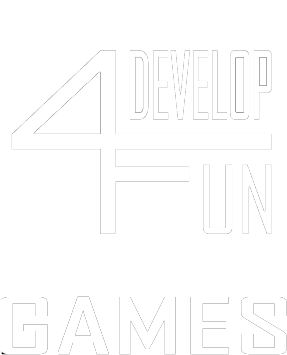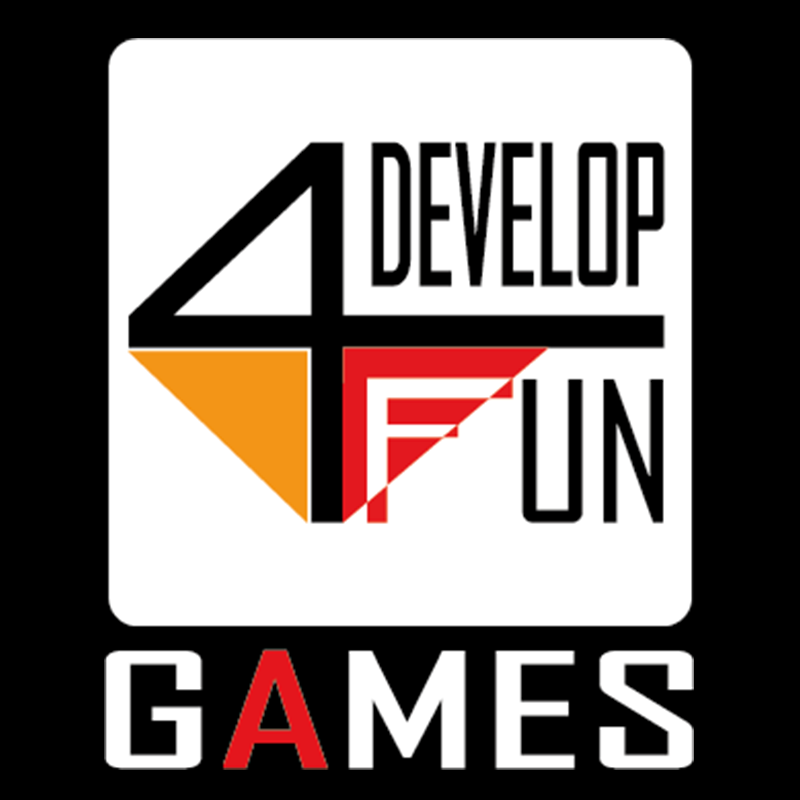AI is not replacing game developers. Let’s get that out of the way. But it is redefining how we work, how we create, and how fast we can move. From solo developers to full teams, artificial intelligence is quietly becoming a key part of modern workflows. Whether it’s used for prototyping, worldbuilding, or generating scripts, AI is shifting game development into a new phase.
The rise of AI in game creation
Once considered futuristic or experimental, AI is now present in everyday tools. Procedural generation, AI-assisted animation, dynamic testing, and natural language interfaces are no longer tech demos — they’re part of production.
Developers are using tools like ChatGPT, Copilot, Stable Diffusion, and custom generative models to offload routine work and focus more energy on creative design. Need 20 item descriptions? AI can draft them. Stuck on a narrative twist? AI can offer possibilities. Want to test UI logic? Some devs even simulate user flows before prototyping.
The shift in mindset
The integration of AI isn’t just about speed – it’s about how developers think. When repetitive tasks can be handled by a machine, devs are freer to iterate, test, and take risks earlier in production. It also means rethinking time management: instead of spending hours rewriting boilerplate code or drafting placeholder dialogue, those hours go toward systems, mechanics, and polish.
AI is also pushing teams toward more modular development. With content generation happening in short cycles, designers and programmers are learning to work in faster, more parallel structures.
It’s not magic. It’s a tool.
Despite the hype, AI has limitations. It can hallucinate, it’s not always context-aware, and its output often needs heavy editing. The best developers use AI as a co-pilot, not as a replacement. You still need storytelling instincts. You still need technical skills. And above all, you need judgment: knowing when to use AI and when to do it the hard way.
Common use cases
- Prototyping: AI speeds up testing ideas, especially for level design, dialogues, or interaction logic.
- Narrative support: Generating drafts of lore, emails, or quest descriptions.
- Visual support: Creating placeholder art, moodboards, or character concepts.
- Code assistance: Writing small utilities, repetitive scripts, or AI behavior trees.
- Testing & iteration: Generating use cases, logs, or simulating basic playthroughs.
Risks and limitations
Using AI carelessly can lead to generic content, design inconsistencies, or even broken systems. Blind trust in AI-generated logic can break immersion. And overusing it can flatten creative identity.
Ethics also matter: don’t use AI to clone other people’s work or outsource all your creative voice. Instead, treat it like a pencil: simple, powerful, but only as good as the hand that holds it.
The future: hybrid workflows
The future of game dev isn’t human or AI. It’s both. A smart combination of human creativity and machine efficiency will define the next decade of games. Smaller studios, in particular, can benefit the most: by automating tedious steps, they can stay agile and focused on what really matters – making something memorable.
Whether you’re a solo dev or a full team, AI won’t replace your role. But it might just make your process smoother, faster, and more experimental than ever before.
Want to see how we use AI at D4F Games? Stay tuned to our devlogs and articles. We don’t just talk about tools – we build with them.




